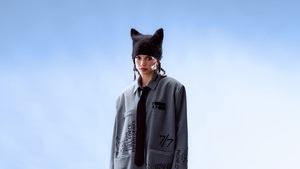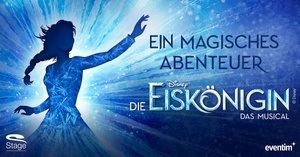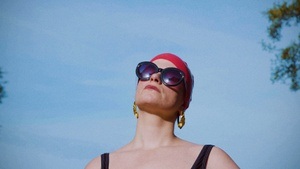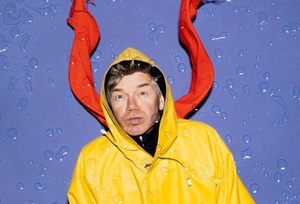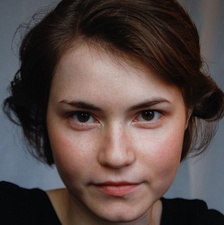Illusionen - wie Schwanensee
In the organizer's words:
For me, as a choreographer who does not necessarily want to be revolutionary, it is nonsensical to deny what has been created and preserved so far. On the other hand, it seems equally senseless to me to imitate it manneristically without grasping the spirit of choreography and the art of dance that shaped it. In order to preserve that, I think we have to look for an alternative in a modern company like ours that incorporates the historical background and the temporal distance into the interpretation.
A "Swan Lake" conception for our company cannot be limited to a naive retelling of a fairy tale with the means of the previous century, which are foreign to us. It finds its meaning only if it presents the supra-temporal theme of "unrealizable love" and its interpretation, which it has experienced through the 19th century, with today's means. The aim is to achieve the ideal combination of the most faithful possible reproduction of the choreographically or thematically important parts and a historically distanced view. From this perspective, certain traditions are relativized without doubting the timelessly valid core of the work.
Due to our classical upbringing, we feel obliged to the purely dance-composed passages, especially Act II and the Grand Pas de deux of Act III, in which dance technique and choreographic statement seem identical. The pantomime-narrative parts, on the other hand, seem bound to their time of origin, and I have therefore deliberately used them to characterize that time. In the search for the essence of the ballet, the music is, of course, essential. As the first composer of his century, Tchaikovsky did not content himself with writing an effective accompanying background to the scenery. Fundamental ideas and motifs are reformulated musically in their own right: The search for true happiness and love as a way out of desperate inner struggle. And this content seems to me more binding than individual details of the ballet plot.
The step from the fairy-tale myth of the libretto to another "swan myth" of the same century, in which the psychological structure reveals itself more strongly than in the original ballet scenario, is obvious, especially since the same magic effect and a similar "magical aura" emanate from both myths to this day. More surprising than the obvious parallels to Ludwig II, the Bavarian fairy-tale king who built himself a swan-knight castle and a mystical illusory world in Neuschwanstein, are the inner analogies in the fate and psychological situation of Tchaikovsky, Ludwig II and Siegfried, the "Swan Lake" prince - an unexpected kinship.
John Neumeier
Music: Peter I. Tchaikovsky
Choreography and staging: John Neumeier
Choreography of the "Second Memory" after Lev Ivanov, reconstructed under the advice of Alexandra Danilova
Choreography of the Grand Pas de deux in the "Third Memory" after Marius Petipa and Lev Ivanov
Stage design and costumes: Jürgen Rose
2 hours 50 minutes | 1 intermission
1st part: 80 minutes, 2nd part: 55 minutes
WORLD PREMIERE:
Hamburg Ballet, Hamburg, May 2, 1976
ORIGINAL CAST:
The King: Max Midinet
Princess Natalia: Persephone Samaropoulo
The Man in the Shadow: Fred Howald
Odette: Magali Messac
Princess Claire: Marianne Kruuse
Count Alexander: Truman Finney
Prince Siegfried: Eugen Ivanics
The Queen Mother: Beatrice Cordua
Prince Leopold: Victor Hughes
GUEST PLAYS:
1978 Munich 2000 Paris 1994 Nagoya, Osaka, Tokyo, Yokohama
IN THE REPERTOIRE:
Bavarian State Ballet
Dresden SemperOper Ballet


